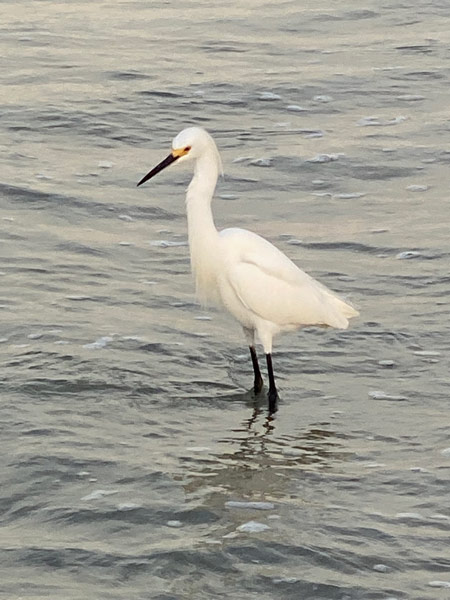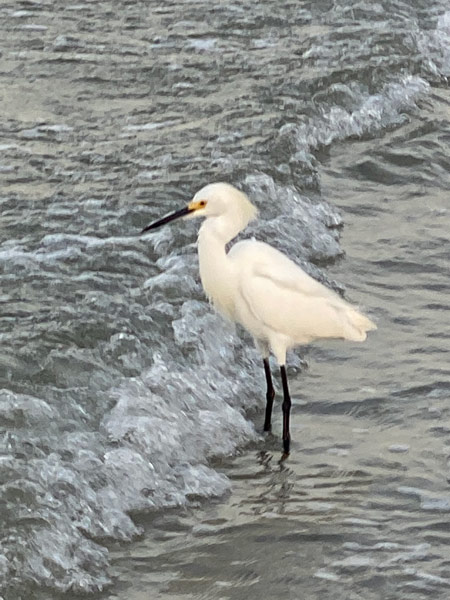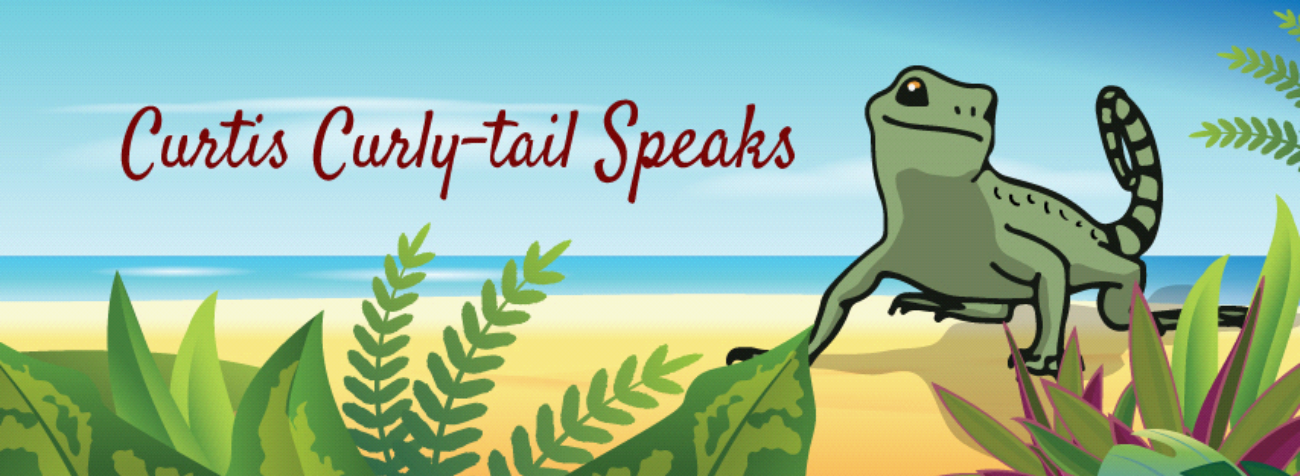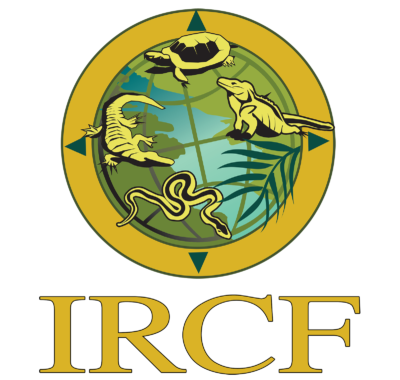Two Photos, One Bird, a Vast Difference
I ran across this snowy egret (Egretta thula) as I was walking along a beach in the Gulf of Mexico. I stopped to take a photograph of this attractive bird and ended up taking two photographs in rapid succession. I was intrigued by the differences in the photos taken seconds apart. It’s amazing how much these two photographs show the vastness of the life of a snowy egret.
This First Shot
Even though you can see the lovely white body, long black bill, and legs, you can’t see his amazing bright yellow feet. I was leisurely walking the beach, while the egret was seeking a morning meal: maybe a fish, worm, or crustacean, all of which were available at this location. Those yellow feet could flush out prey or the egret might stand still to ambush prey. This morning, it looked to me like it was fishing by ambush.
Since the egret was standing so nicely still, I thought it deserved having its picture taken.

This was the first shot. I recorded a bird in repose in the gently stirring waves. It makes me think of solitude, reverie, and dignity. If I was to anthropomorphize, I’d say that this bird was being shy and demure.
The Second Snap
Because I grew up using actual film, I never trusted that a single shot was sufficient to truly capture what I wanted. So, I took another photo with my cell phone immediately after the first. This is the scene I captured in that image.

The tone of the scene was just the opposite of the first one. Instead of a relaxed body stance, the egret now has hunched shoulders. This is a pose I often see just before an egret flies off. The bird looks disturbed, threatened, and poised to respond to any perceived threat. The wave adds tension to the scene.
I was intrigued by the contrast between the two photos. They might be useful as writing prompts or musings when the words aren’t flowing. I can use them as exercises in describing story settings. I hope you’ll enjoy them, too. After all, this is a very lovely snowy egret, no matter the mood of the setting.
Time for the Science
The name egret is from the French word aigrette, which is the diminutive of aigron, heron. The species name thula means black-necked swan in Araucano. Araucano was spoken by indigenous people in south-central Chile. Obviously, this egret is not a black-neck swan. The name error was made by Chilean naturalist Juan Ignacio Molina in 1782.
At one time, the plumes of the snowy egret were in great demand as decorations for women’s hats. The birds were overhunted, and their population reached a critically low level. Snowy egrets are one of the species protected in the United States by the Migratory Bird Treaty Act. Fortunately, this bird’s population is increasing and now the status is “Least Concern.” The snowy egret is an example of successful conservation.
As you know, wildlife conservation is a passion of mine. I’m especially proud of my educational workbooks that promote conservation education for children. Whether it’s a beautiful white bird on the beach or a lizard on a rock, I hope you find your conservation muse.
To learn about our latest science-based children’s books and workbooks, to read our latest blog posts about reptiles, birds, cats, and gardening, in a variety of locations, and about how the books come to be, what inspires an author to write, and many more interesting aspects of the publishing business, fill in the box below and we will add you to our email list.
Thank you!



